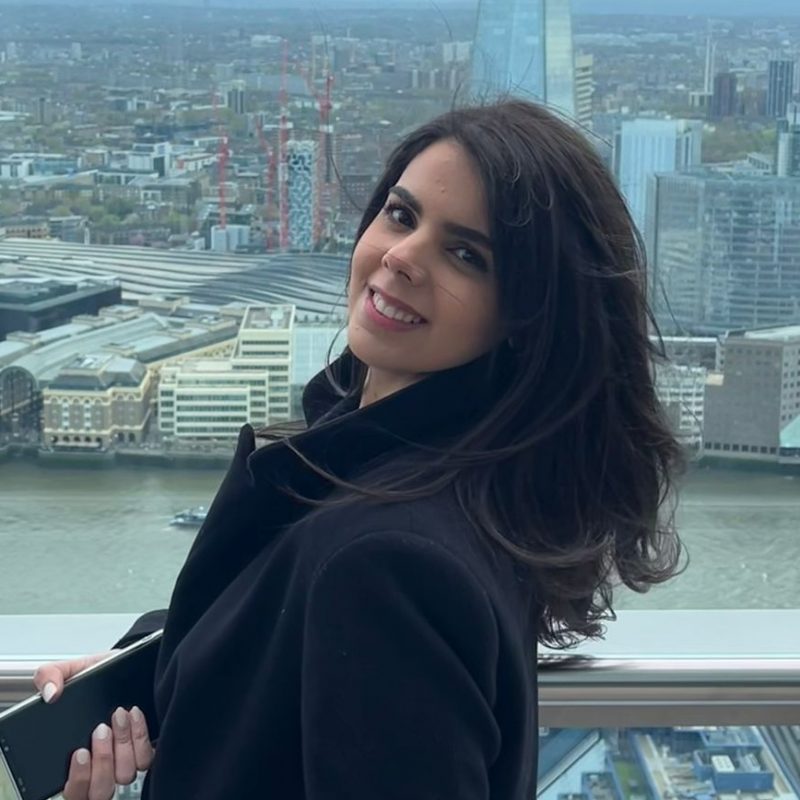
Given your background in architecture and your current pursuit of a master’s degree in building engineering at the Politecnico di Milano, what inspired your transition to building engineering, and in what ways do you feel your architectural background has shaped your approach to building engineering, and vice versa?
My initial passion for architecture stemmed from a fascination with spatial design, art and built environment. However, as I delved deeper into my studies, I became increasingly interested in the technical and structural aspects of building design and construction. Transitioning to building engineering at Polimi allowed me to combine my creative instincts with a more rigorous focus on the scientific and engineering principles that underpin architectural innovation. Conversely, it has enhanced my understanding of structural integrity, material science, and building performance, enriching my architectural practice with a stronger foundation in technical feasibility and sustainability.
Reflecting on your decision to pursue your studies at the Politecnico di Milano, particularly considering the significant transition from Lebanon to Milan, could you share some of the initial challenges you faced as an international student, and how did you navigate them?
The decision to study at Politecnico di Milano was motivated by its esteemed reputation in architectural and engineering education, as well as Milan’s vibrant cultural scene and cosmopolitan atmosphere. Despite the challenges of relocating from Lebanon to Milan alone, I was drawn to the opportunity for academic excellence and personal growth in a dynamic international environment. Moving from Lebanon to Milan was a daunting transition, marked by cultural differences, language barriers, and the unfamiliarity of navigating a new city alone. Adjusting to the Italian way of life, from bureaucratic procedures to daily interactions, required patience, resilience, and a willingness to step out of my comfort zone. By seeking support from fellow international students, university resources, and local communities, I gradually acclimated to my new surroundings and embraced the enriching experiences that Milan had to offer. It has been a transformative journey that has fostered independence, resilience, and cultural competence. This cross-cultural experience has not only enriched my personal growth but also informed my academic pursuits, fostering a deeper appreciation for diversity and interdisciplinary collaboration.
As an international student at Politecnico di Milano, what cultural differences or perspectives have you found particularly enriching in your studies?
Being an international student has taught me the importance of effective communication and cultural sensitivity in collaborative settings. Working with teammates from diverse backgrounds has challenged me to adapt my communication style, be open-minded to different ideas, and find common ground amidst cultural differences. These skills are invaluable in the globalized world of architecture and engineering. My international perspective allows me to bring a unique blend of cultural influences, global trends, and diverse design philosophies to the table. In an increasingly interconnected world, this broad perspective enables me to approach design challenges with creativity, empathy, and adaptability. By synthesizing ideas from different cultures and contexts, I can contribute to creating more inclusive and sustainable built environments that resonate with diverse communities.
How do you find the interdisciplinary nature of your program at Politecnico di Milano, especially considering the diverse backgrounds of your peers in architecture and engineering?
The interdisciplinary nature of our program is one of its greatest strengths. Collaborating with peers from diverse backgrounds, whether they’re architects, building engineers, civil engineers, or environmental designers, enriches our learning experience. It fosters a holistic approach to problem-solving, where we integrate architectural creativity with engineering rigor to create innovative and sustainable solutions
How do you think your studies at Politecnico di Milano have prepared you for real-world challenges in architectural and building engineering?
The interdisciplinary approach at Polimi has been invaluable. We didn’t just learn about architecture or engineering in isolation; we were taught to see them as interconnected disciplines. This holistic understanding has equipped me to tackle complex real-world challenges where solutions often require collaboration across multiple fields.
The emphasis on critical thinking and problem-solving has been transformative. Whether it was analyzing structural integrity or optimizing energy performance, I’ve learned to approach challenges with a systematic and analytical mindset. This skill set will undoubtedly be invaluable as I embark on my career in architectural and building engineering, where innovation and adaptability are key.
How do you envision the role of technology shaping the future of architectural and building engineering, based on your education at Politecnico di Milano?
At Polimi, we were encouraged to embrace emerging technologies like parametric design, Building Information Modeling (BIM), and sustainable building materials. I believe these technologies will continue to revolutionize the field, enabling architects and engineers to create more efficient, sustainable, and aesthetically pleasing structures. My education has prepared me to adapt to these advancements and leverage them to push the boundaries of design and construction.